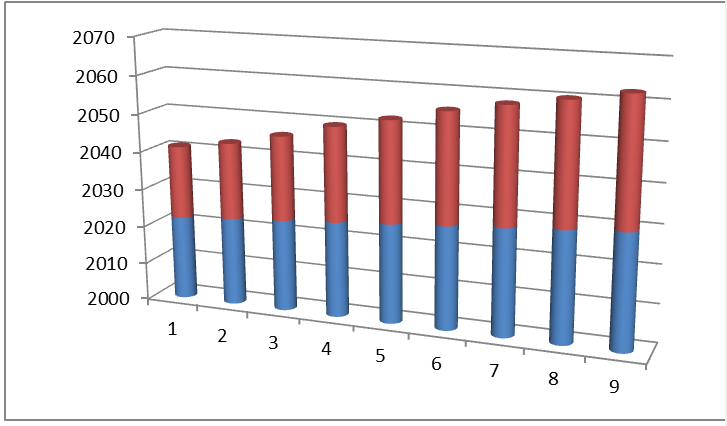Renowned Speakers
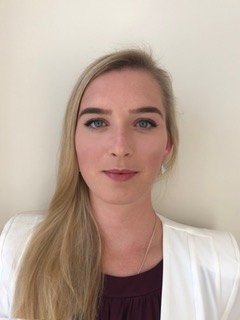
Olivia Ruth Pandora Kenyon
Lister Hospital, UK UK
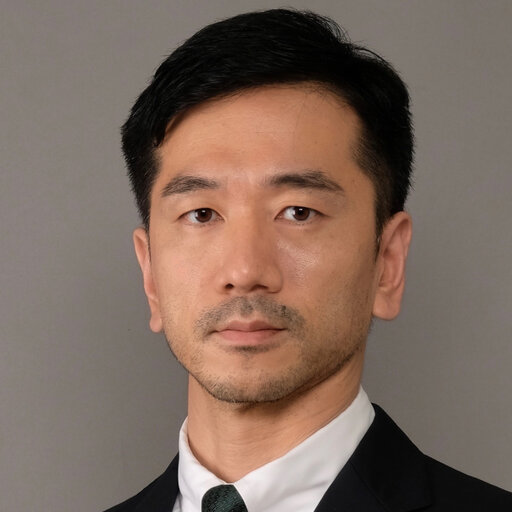
Kei Hosoya
Nippon Medical School Chiba Hokuso Hospital,, Japan Japan
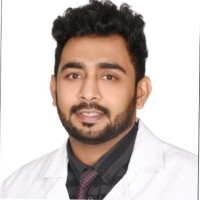
Mohammad Sabir KN
Tawam hospital Al Ain , United Arab Emirates UAE
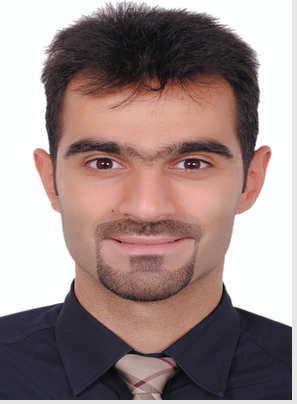
Mahmoud Ebrahim
Zain Hospital, Kuwait Kuwait
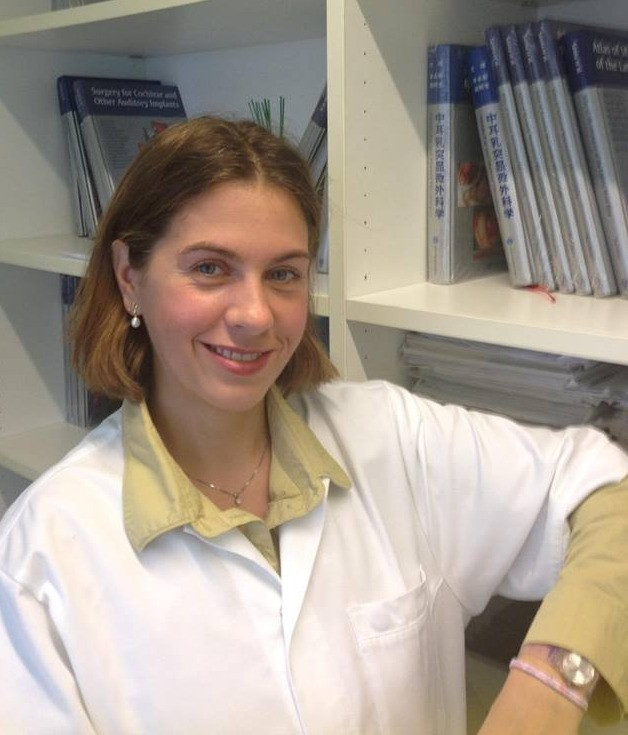
Golda Grinblat
The Gruppo Otologico, Italy Italy

Masyita Gaffar
Hasanuddin University, Indonesia Indonesia

Lomaeva Yuliya Vladimirovna
Viterra multidisciplinary clinic,, Russia Russia
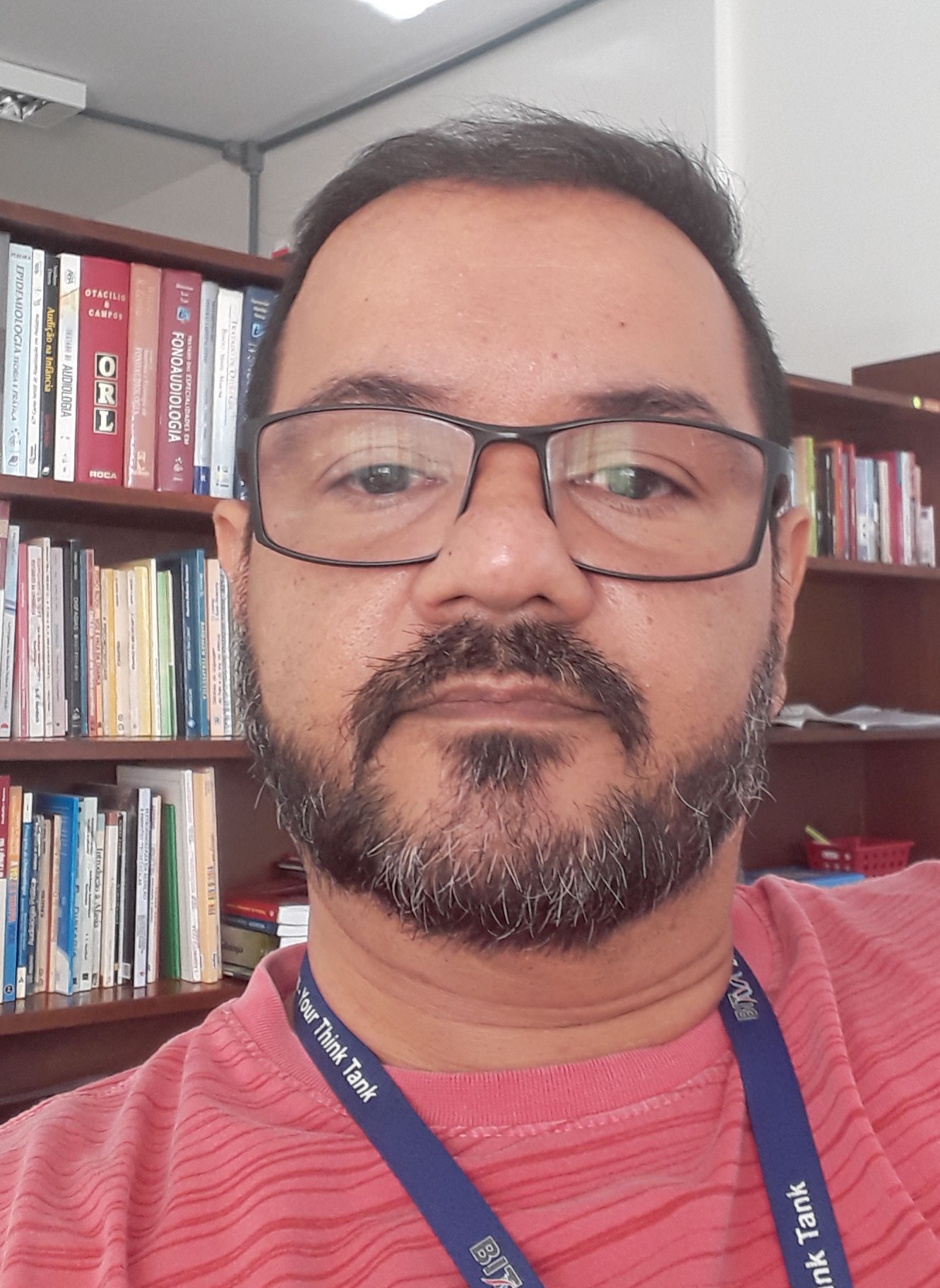
Eduardo Magalhaes da Silva
University of BrasÃÂlia,, Brazil Brazil
Recommended Global Surgery Webinars & Conferences
Asia Pacific & Middle East
Canada
ORL CONFERENCE 2024
About Conference
Conference Series cordially invites you to the "10th International Conference on Otology, Rhinology and Laryngology" which will take place on November 21-22, 2024 in Dubai, UAE, with the theme "Advancing the Management of ENT Disorders". We welcome all participants who are interested in contributing their data and analyses in the field of ENT Disorders.
ORL Conference 2024 aspires to bring together the most exquisite associations, societies, and industries, as well as honourable and known individuals from top universities and hospitals throughout the world. ORL Conference 2024, on behalf of its Organizing Committee, cordially invites all Otolaryngology researchers, Rhinology Specialists, Physical Therapists, ENT Physicians, Laryngologists, ENT Surgeons, Industrialists, Health Care Professionals, Medical Students, Young Scientists, as well as student and corporate delegates, to attend and have a great time.
Why to attend the Conference?
- Meet your objectives from around the world addressed regarding Otorhinolaryngology.
- This is every so often a single finest chance to accomplish the utmost significant gathering of members from the Research Institutions, Universities, Clinics and Hospitals.
- Distribute Data and Conduct demonstrations, meet with present potential speakers, generate a splash with additional products, and receive name recognition at this 2-day event.
- World renowned speakers, interesting techniques, latest updates in Otology, Rhinology and Laryngology and stimulating the field of genuine extent hallmarks of this conference.
Target Audience:
- Otorhinolaryngology Surgeons
- ENT Physicians
- Otolaryngology Research Fellows
- Otorhinolaryngology Physicians
- Otorhinolaryngology Faculty, students
- Health Care Professionals
- Medical Students
- Otorhinolaryngology Schools and Colleges
- Directors and Chair Persons
- ENT Devices Designers
- Biomedical Industries
- Industrial Professionals
- Physical Therapists
- Business People
- Training Institutes
- Pharmacists
- Pharmaceutical Companies
- Otorhinolaryngology Research Institutes
Sessions & Tracks
Track 1: Otorhinolaryngology
Otorhinolaryngology is the medical specialty that studies, diagnoses, treats, and manages diseases, abnormalities, and other health problems affecting the ears, nose, and throat, as well as the head and neck, mouth, sinuses, and voice box (larynx). Doctors who concentrate in this field include otolaryngologists, otorhinologists, ENT (ear, nose and throat) surgeons, and head and neck surgeons. Otorhinolaryngologists diagnose and treat disorders/diseases of the ear, nose, throat, base of the skull, head, and neck. Functional diseases impact the senses and activities of eating, drinking, speaking, breathing, swallowing, and hearing. Furthermore, ENT surgery encompasses the surgical therapy and reconstruction of head and neck malignancies and benign tumours, as well as reconstructive surgery of the face and neck (facial plastic surgery).
- Voice disorders
- Swallowing disorders
- Allergy
Track 2: Head, Neck and Oral Oncology
Head, Neck, and Oral Oncology is the study of cancers in the head and neck, which includes the mouth, larynx, pharynx, salivary glands, and nasal passage. Head and neck cancers are primarily caused by squamous cells, which cover the mucosal region of the pinnacle and neck with malignant cells. These cancer cells are called squamous carcinoma of the head and neck. This music will go over advanced diagnostic testing as well as scientific and surgical therapy options for a number of head and neck problems. The topics covered include squamous cell carcinoma, head and neck surgery, HNS oncology, head and neck cancer virus, carotid frame tumour, and oral epidemiology.
- Squamous cell carcinoma, melanoma and tumor pathology
- Chemotherapy for head and neck oncology
- Prevention of oral cancer
- Tobacco and oral diseases
Track 3: Thyroid and Parathyroid Surgery
A thyroidectomy is a surgical surgery that removes all or part of the thyroid gland. Thyroidectomy is a common procedure performed by general, head and neck, or endocrine surgeons when a patient has thyroid cancer, another thyroid gland ailment (such as hyperthyroidism), or goitre.
A parathyroidectomy involves the surgical removal of one or more parathyroid glands. Hyperparathyroidism is usually treated with a parathyroidectomy. Primary hyperparathyroidism is the most common parathyroid gland disease, marked by elevated blood calcium levels, bone calcium loss, and elevated parathyroid hormone levels (PTH). Secondary hyperparathyroidism is usually induced by kidney failure. Surgery is the only effective treatment for hyperparathyroidism.
- Thyroid nodules
- Goiter
- Thyroid cancer
- Hashimoto’s disease
This course focuses on the treatment of persons who have cancerous facial abnormalities. It is the most common location to remove the most cancer-impacted location from the face or neck. The reconstructive health care provider works with the most cancers medical practitioner to degree the abscission of the cancer and rebuild the removed location in a way that looks great. Bone reconstruction, face implants, and operations such as rhinoplasty or jaw repair are all options for facial reconstruction after cancer removal. The purpose of facial reconstruction plastic surgery is to restore the patient's original country and features while still allowing them to live a normal life. Facial Reconstructive Surgeons can restore movement to a paralysed face, correct skin tone, shape any deformities, and improve speech, swallowing, and breathing.
- Rhinoplasty and septoplasty
- Basal Cell Carcinoma
- Otoplasty
- Genioplasty
Track 5: Obstructive Sleep Apnea
Obstructive sleep apnea is a potentially deadly sleep disease. It causes breathing to stop and restart repeatedly while sleeping. There are several types of sleep apnea, the most common being obstructive sleep apnea. This type of apnea occurs when your neck muscles relax and block your airway as you sleep. Snoring is a reliable symptom of obstructive sleep apnea. Obstructive sleep apnea is treatable. One treatment includes wearing a gadget that keeps your airway open while you sleep. Another alternative is to use a mouthpiece to push your jaw forward while sleeping. In more severe situations, surgical intervention may also be considered.
- Silent pauses in breathing
- Daytime sleepiness or fatigue
- Insomnia
- Occupational voice disorders
Track 6: Tinnitus
Tinnitus is the sense of a ringing in the ears in the absence of external sound. Tinnitus is a prevalent condition that affects around one in every five persons. Tinnitus is not a disease in and of itself; rather, it is a symptom of a more serious condition, such as age-related hearing loss, ear injury, or circulatory system dysfunction. Tinnitus, while bothersome, is usually not a sign of anything dangerous. Tinnitus can worsen with age, but it is treatable for many people. Treating a diagnosed underlying cause occasionally permits. Other treatments reduce or mask noise, which makes tinnitus less irritating.
- Vestibular schwannoma
- Middle ear disorders and tinnitus
- Epidemiology of tinnitus
- Tinnitus from sound exposure
Acoustic neuroma surgery may involve the excision of all or a portion of the tumour. There are three primary surgical procedures for eliminating an acoustic neuroma: Translabyrinthine surgery involves making an incision behind the ear and removing bone from the middle and back of the ear. The benefit of this surgery is that it permits the clinician to evaluate a vital cranial nerve before removing the cancer. The disadvantage of this approach is that it results in permanent hearing loss. Retrosigmoid/sub-occipital surgery includes revealing the rear of the tumour by moving the skull towards the back of the top. This method can be used to remove tumours of any size while preserving the patient's hearing. Middle fossa surgery involves cutting a little section of bone above the ear canal in order to access and remove small tumours located in the internal auditory canal, a narrow conduit that connects the brain to the middle and internal ear. This procedure can also assist doctors preserve a patient's hearing.
- Otoplasty and cosmetic ear surgery
- Tympanostomy and tympanoplasty
- Tinnitus retraining therapy
- Treatment of natural sinus ostium
The nasal cavity and sinuses can be accessed using a dorsal or ventral surgical technique. Modern imaging techniques, such as computed tomography and magnetic resonance imaging (MRI), are required for surgical planning. Surgical treatment of nasal hollow space lesions is typically reserved for benign lesions, however it can occasionally be used in conjunction with adjuvant treatments such as radiation therapy. To minimise complications caused by unintentional penetration into the mental case, use considerable caution when approaching the nasal hollow area from the dorsal side. To limit the risk of oronasal fistula formation, delicate tissue handling and thorough mucoperiosteum closure should be employed after a ventral procedure.
- Nose bleeds
- Allergies
- Turbinate hypertrophy
- Nasal obstruction
Track 9: Sinusitis
Sinusitis is a common inflammation of the paranasal sinuses, which produce the mucus required for nasal passageways to function normally. It can be acute or chronic, and can be caused by fungus, viruses, bacteria, allergies, or an autoimmune reaction. The many types are as follows: Chronic sinusitis: After 12 weeks, symptoms typically return. Subacute sinusitis: Symptoms last four to twelve weeks longer than the typical acute phase. The most common type of sinusitis is acute, which can last up to four weeks. It is also possible that more substantial treatment, such as surgery, will be necessary.
- Pediatric sinusitis
- Sinus headaches- Causes and treatment
- Antibiotics therapy in sinusitis
- Chronic maxillary sinusitis
Track 10: ENT Infectious Diseases
Because the ears, nose, and throat are all interrelated, illness in one area can readily spread to the other. Ear infections are rarely fatal, but if not diagnosed and treated promptly, they can lead to mastoiditis, meningitis or encephalitis, deafness, and sinusitis. Rhinitis and sinusitis are the most common kinds of nasal infections. The symptoms differ according to whether the infection is caused by bacteria or a virus. Bacterial infections cause more severe indications and symptoms. Throat infections can be caused by either viruses or bacteria. Tonsil infections cause swollen tonsils, a red and sore throat, fever, and difficulty swallowing.
Viral throat infections develop as part of a general upper respiratory tract infection and are characterised by redness, swelling, and sensitive glands in the neck. Bacterial throat infections produce more severe sore throat symptoms. Antibiotics are prescribed to treat streptococcal throat infections.
- Acoustic neuroma
- Dizziness and vertigo
- Hearing disorders and deafness
Track 11: Anesthesia in ENT Surgery
Anaesthesia consists of three states: analgesia (pain relief), paralysis (muscle relaxation), and amnesia (memory loss). Infections, surgeries, injuries, and blood vessel blockages can all cause excruciating pain. Untreated pain can have adverse physiological consequences, which can be mitigated by pain management. 33 percent of people need (Ear, Nose, and Throat) surgery. It shows sleep-inducing anaesthetic treatment as well as paediatric ENT procedures as Aden tonsillectomy, oesophagoscope, and centre ear surgery.
- Anesthesia in pediatric otolaryngology
- Anesthetic systems for center ear surgery
- Anesthesia in thoracic surgery
- Anesthesia in pediatric otolaryngology
Track 12: Head and Neck Surgery
Otorhinolaryngology is the study of ENT and its surgery. Otolaryngologists are ENT surgeons who diagnose, evaluate, and treat illnesses of the head, neck, ear, nose, and throat. Head and Neck Condition and Surgery is a challenging and complex ENT issue.
The treatment of both benign and fatal diseases includes head and neck disorders, as well as surgery on the oral cavity, larynx, pharynx, and salivary glands. Cancers of the mouth, nose, and sinuses spread to the base of the skull, as do thyroid and parathyroid disorders and skin cancer.
Basically, research on head and neck surgery and surgical care for head and neck cancers is being conducted all over the world, and we invite you to discuss your findings at the ORL Conference 2020.
- Head and neck cancer
- Surgical care of head and neck
- ENT cancer
Track 13: Pediatric ENT
Tonsillitis is the most common infection among teenagers. The treatment of juvenile ear, nose, and throat diseases costs over half of all care delivered by Ear Nose and Throat Surgeons. Excellent child care entails recognising that children are not miniature adults. The physiology of the developing child is precise, as are the abilities needed for gold-standard communication between the doctor and the toddler (parent). At Ear, Nose, and Throat Surgeons, we not only acknowledge this reality, but also take pride in our ability to provide cutting-edge paediatric ENT care to the Pioneer Valley and beyond.
- Rhinology and sinus surgery
- Swallowing disorders
- Ear, nose and throat disorders
- Head and neck disorders
Track 14: ENT Rehabilitation
ENT Rehabilitation is a treatment that tries to restore compromised bodily function. Speech and language therapy are used in ENT rehabilitation to improve speaking skills, as well as VRT (Vestibular Rehabilitation Therapy) to improve balance and reduce dizziness.
Rehabilitation is a treatment that tries to restore or improve a body's previously lost or reduced capacity. Speech and language therapy is utilised in ENT rehabilitation clinics to aid in Vestibular Rehabilitation Therapy (VRT) and talking to advance equalisation, as well as to limit the experience of dizziness, increase patient dependability while moving, anxiety, improve coordination, and reduce falls. It is impossible to provide a general summary of VRT practices because they are devised and recommended uniquely for each patient. The great majority of these workouts include head and body movements to help your mind and compensate for the inaccurate information they are receiving from their inner ear, allowing you to regain control of your equalisation system.
- Biochemical blood analysis
- Pharyngeal swab
- Consultation with an otorhinolaryngologist
Track 15: Current Diagnostic and Treatment in ENT
The total number of ENT subjects covers the current diagnosis and treatment. Otolaryngology encompasses the most recent breakthroughs in fundamental research, head and neck surgery, paediatric otolaryngology, otology, laryngology, rhinology, facial plastic surgery, and neurotology. This clinician's guide, available now, covers both common and uncommon head and neck disorders and is required for board examination and recertification.
- Transoral laser microsurgery
- Transoral robotic surgery
- Sialendoscopy
- Robotic surgery for throat and larnyx cancer
This session focuses on endoscopy methods, which are nonsurgical procedures used to examine a person's digestive tract. Endoscopy is a treatment that employs a light and a camera to create an image of the digestive tract. Using modern imaging equipment, the patient's body's various planes and angles can be scanned while relaxed. There are numerous imaging methods available to help examine the patient's frame. Another important method in the surgical process is surgical navigation, which involves the song at the working device inside the patient's anatomy while the health care practitioner moves the tool.
Track 17: Audiology and Communication Disorder
Hearing loss, speech and voice difficulties, and the most important and significant stage, language impairments, are all examples of communication disorders. Conversation sickness impairs one's ability to perceive, locate, and follow words and speech in order to properly engage in discourses with others. This consultation examines the hypothetical communicative disorder symptoms in a patient, as well as the diagnosis, care, and treatment.
- Dyslexia
- Oesophageal voice
- Sigmatism
This session gives a gradual and fundamental understanding of research practices, particularly in Otorhinolaryngology studies. This provides a reliable study direction, investigates ethics, and produces clinical results. It then condenses the revelation shown in some of the more critical examinations of research lead, concludes with a general understanding of the needs and proposals for dares to increase the abundance of efforts to respond to offence and enable higher checks for dependability in study and clinical preliminary examinations.
- Invasive endoscopic resection of sinonasal neoplasms
- Botulinum toxin therapy
- High-Speed videostroboscopy
Market Analysis
The market for ENT devices topped USD 18 billion in 2021 and is predicted to increase at a 7.7% CAGR between 2022 and 2030. Growing ENT difficulties in adults and the elderly are pushing up global demand for ENT devices. According to the WHO research, roughly 2.5 billion individuals are anticipated to lose their hearing by 2050. Approximately 700 million of these people are likely to need hearing therapy. Furthermore, attractive reimbursement and finance rules for ENT operations will increase total industry demand.
Otorhinolaryngology Devices Market Overview:
The global otorhinolaryngology devices market was valued $9,268 million in 2018 and is predicted to reach $13,999 million by 2026, increasing at a 5.2% CAGR between 2019 and 2026. Otorhinolaryngology devices are instruments used to diagnose and treat illnesses of the ear, nose, and throat. Endoscopes, surgical equipment, hearing aids, hearing implants, voice prosthesis devices, and other otolaryngology devices are widely available around the world.
Thyroid Gland Disorder Treatment Market Overview:
Thyroid Gland Disorder Treatment Market is an endocrine gland that generates hormones to help regulate the body's metabolism. When the thyroid gland fails to generate enough thyroid hormones (hypothyroidism) or produces too much hormone (hyperthyroidism), the body's metabolism and functioning suffer. A deficiency of iodine in the body is a leading cause of thyroid disease. More than 2 billion people worldwide are thought to be at risk of iodine deficiency, with developing countries having the highest proportion of untreated cases. The global thyroid gland problem market was valued $2,057 million in 2017 and is predicted to reach $2,771 million by 2025, expanding at a 3.8% CAGR between 2018 and 2025.
Major Associations & Societies around the World
- American Academy of Otolaryngology-Head and Neck Surgery
- Association for Research in Otolaryngology
- The Australian Society of Otolaryngology Head and Neck Surgery
- Canadian Society of Otolaryngology
- American Laryngological Association
- Labenese society of Otolaryngology
- American Society of Pediatric Otolaryngology
- American Board of Otolaryngology (ABOTO)
- New Zealand Society of Otolaryngology-Head and Neck Surgery
- Northwest Academy of Otolaryngology - Head and Neck Surgery
- Society for Ear, Nose and Throat Advances in Children (SENTAC);
- Northwest Academy of Otolaryngology - Head and Neck Surgery
- North Carolina Society of Otolaryngology
- British society of Otolaryngology
- Egyptian Rhinology Society
- European Rhinologic Society
- Nordic Association of Otolaryngology
- Oto-Rhino-laryngological Society of Japan
- Italian Society of Otorhinolaryngology – Head and Neck Surgery
To Collaborate Scientific Professionals around the World
Conference Date November 21-22, 2024
For Sponsors & Exhibitors
Speaker Opportunity
Useful Links
Supported By
All accepted abstracts will be published in respective Conference Series International Journals.
Abstracts will be provided with Digital Object Identifier by





